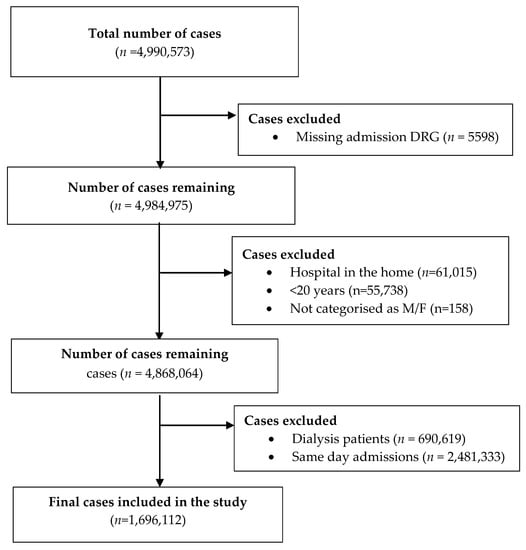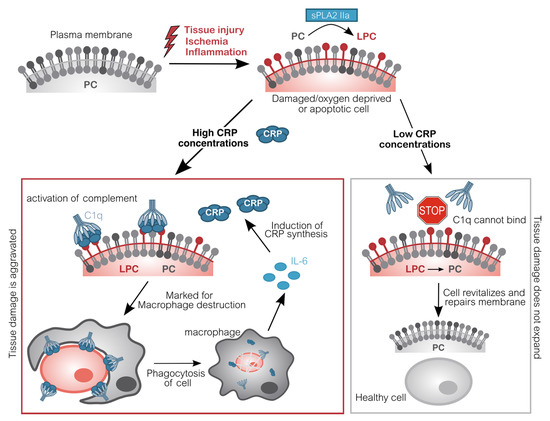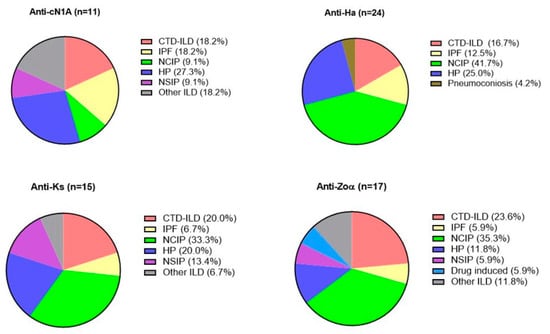J. Clin. Med. 2020, 9(9), 2685; https://doi.org/10.3390/jcm9092685 - 19 Aug 2020
Cited by 16 | Viewed by 3796
Abstract
Patients with pre-existing cardiovascular disease (CVD) might be more susceptible to infection from severe acute respiratory syndrome coronavirus 2 (SARS-CoV-2) and have higher mortality rates. Nevertheless, the risk of mortality has not been previously quantified. The aim of this meta-analysis is to quantify
[...] Read more.
Patients with pre-existing cardiovascular disease (CVD) might be more susceptible to infection from severe acute respiratory syndrome coronavirus 2 (SARS-CoV-2) and have higher mortality rates. Nevertheless, the risk of mortality has not been previously quantified. The aim of this meta-analysis is to quantify the risk of mortality in coronavirus disease 2019 (COVID-19) patients. A meta-analysis was conducted analyzing the impact of (1) sex, (2) age, (3) CVD with coronary artery disease (CAD), (4) CAD alone, (5) CVD without CAD, (6) hypertension, (7) cerebrovascular diseases, and (8) diabetes on mortality. Relative risk was assessed for dichotomous variables, mean difference for continuous variables. Twenty-six studies were included, encompassing 8497 patients. Males had 16% higher risk of mortality than females (p < 0.05) and elderly patients had higher chance of dying than younger patients (p < 0.0001). Patients with overall CVD have a 1.96-fold higher mortality risk (p < 0.0001). CAD increases risk of mortality by 1.90-fold (p < 0.05). CVD-CAD were found to increase risk up to 2.03-fold (p < 0.05). Hypertension, cerebrovascular disease and diabetes increase the risk of death up to 1.73-fold, 1.76-fold and 1.59-fold, respectively (p < 0.0001, p < 0.0001, p < 0.05, respectively). Sex, age, presence of CAD and/or other types of CVD, hypertension, cerebrovascular diseases and diabetes mellitus increase mortality in patients with COVID-19.
Full article
(This article belongs to the Section Cardiology)
►
Show Figures











